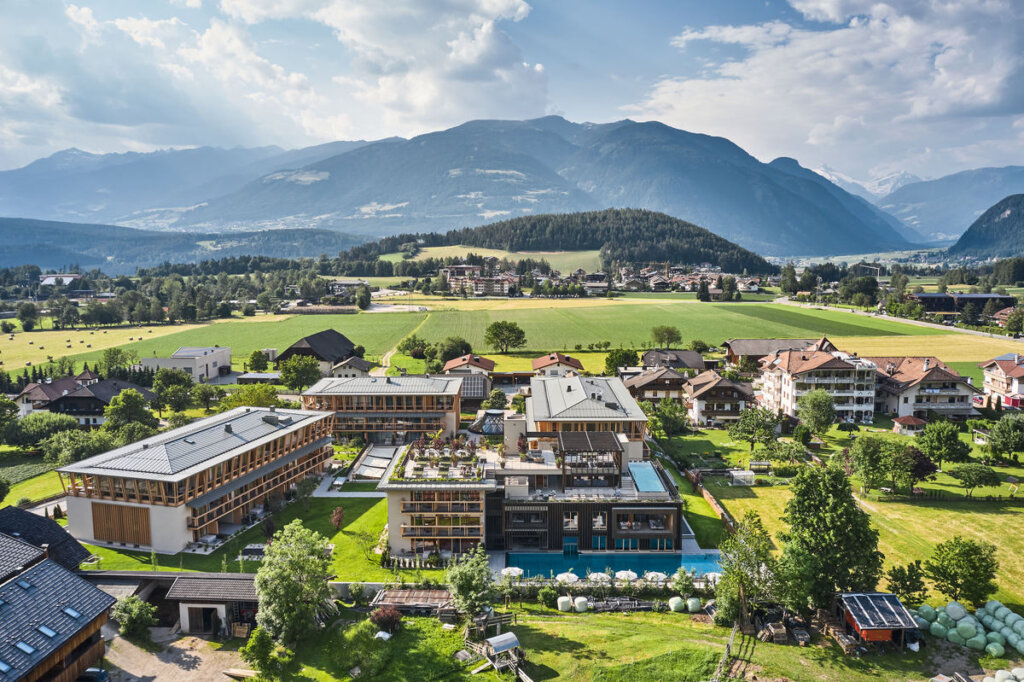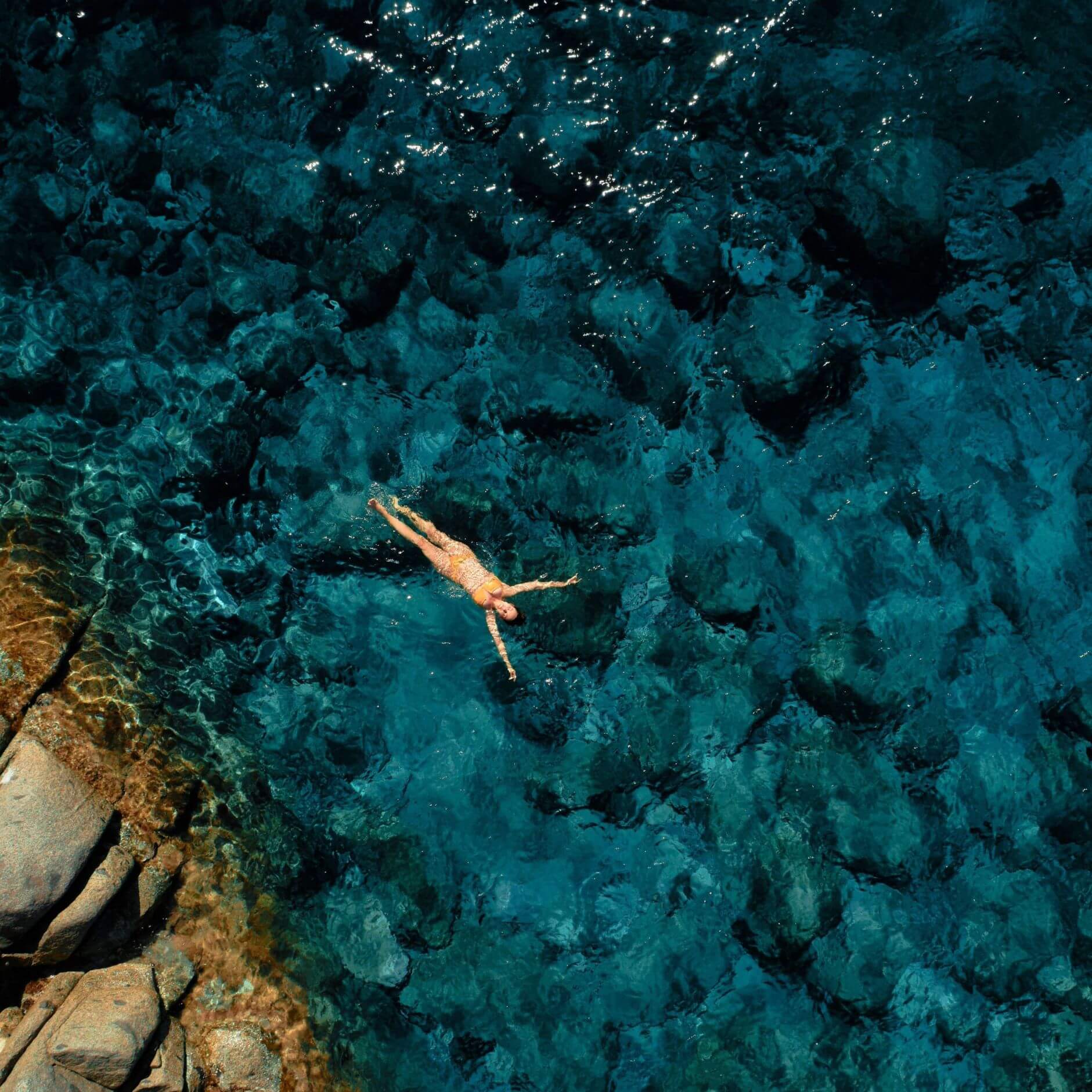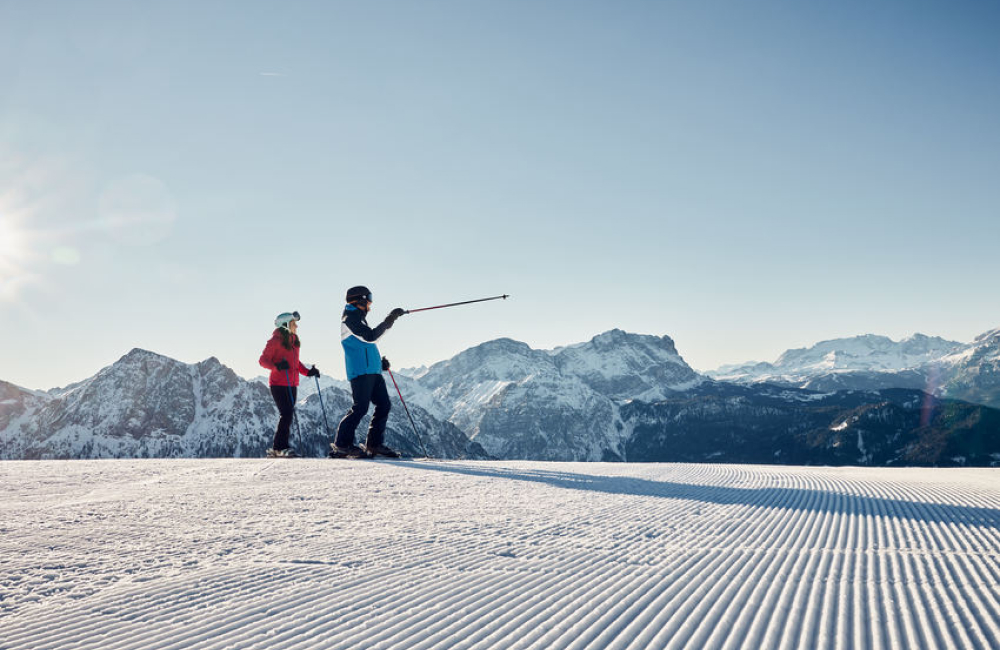Jogging in winter sounds for many like a great overcoming and torture, but fresh air and exercise is healthy for body and mind, that much is certain. For sure, everyone has observed one or the other over-motivated jogger jogging through the park in the freezing cold in shorts and a T-shirt. “Respect” think some, while others ask themselves at the latest then the question: Is jogging in winter healthy at all?
To anticipate the answer: Yes it is, but only if you avoid the following mistakes:
WRONG CLOTHES & WRONG SHOES
The first mistake often starts with the choice of clothes. Even if the “short pants runners” look extremely over-motivated and super sporty in winter, you should not imitate the whole thing. Of course, jogging in the winter will also make you warm and you may even sweat, but still, “too little” is more detrimental to your health than beneficial. The onion principle and breathable functional clothing are essential for outdoor sports in winter. At temperatures below zero, thermal leggings and a windbreaker jacket can be worn. To answer the question about the right number of layers, you should always take a look at the thermometer.
Rule of thumb: Simply add +10 degrees to the real temperature and dress accordingly.
If the thermometer outside shows -3 degrees, for example, then it’s best to think about how you would leave the house when the outside temperature is 7 degrees, when you go for a short walk.
With warm clothes, you should also definitely not forget long socks to cover your ankles. Short sneaker socks are a no-no! The right footwear is also part of the equipment. Please note that you need a waterproof running shoe with a non-slip tread when jogging in winter, especially if snow, ice, or slush already cover the running track.
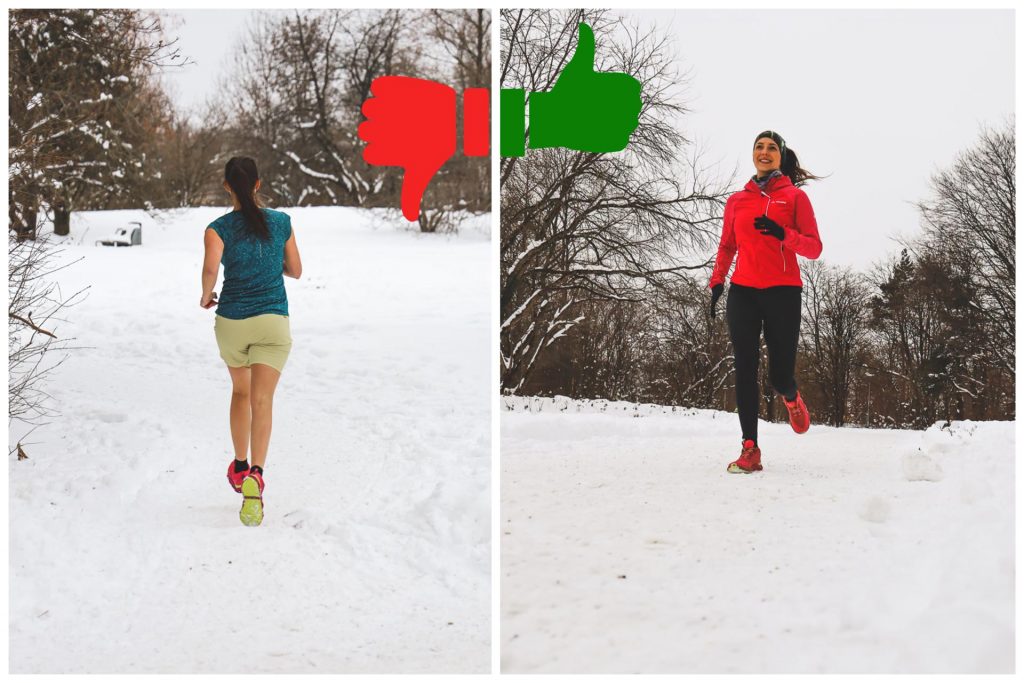
FORGETTING YOUR HAT AND GLOVES
It’s easy to forget your hat and gloves when you lace up your running shoes. This is a mistake, because a lot of heat is lost, especially through the head and hands, and you freeze very easily. If you get hypothermia quickly, you risk not only catching a cold but even frostbite on your hands or feet. But please do not pack the warm woolen hat and ski gloves, but a thin cap or a headband that wicks sweat away to the outside and does not absorb moisture itself – that is, functional clothing.
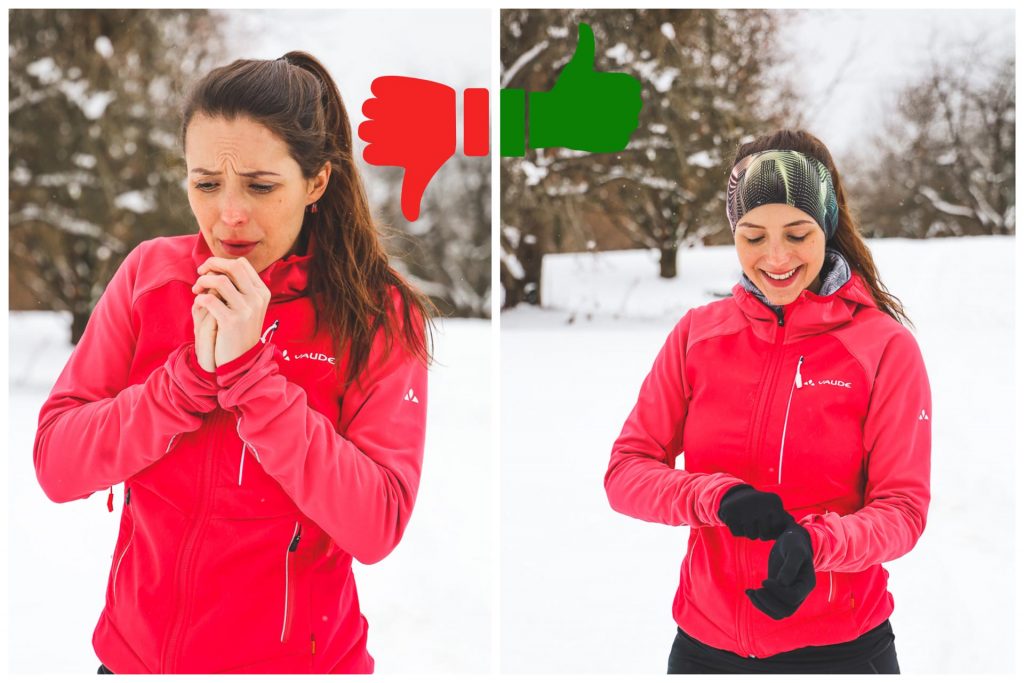
DO NOT WARM-UP
The risk of injury is particularly high when muscles are cold. Therefore, warming up before jogging is even more important in winter than in summer! This includes, for example, a few minutes of stretching and fast walking. At least as bad as a lack of warm-up is a lack of cool-down. Here, too, the following applies: Slowly run out or walk and stretch well. The run-out phase can be a bit shorter than in summer and the stretching after the run should take place in a warm place so that your body does not cool down too much.
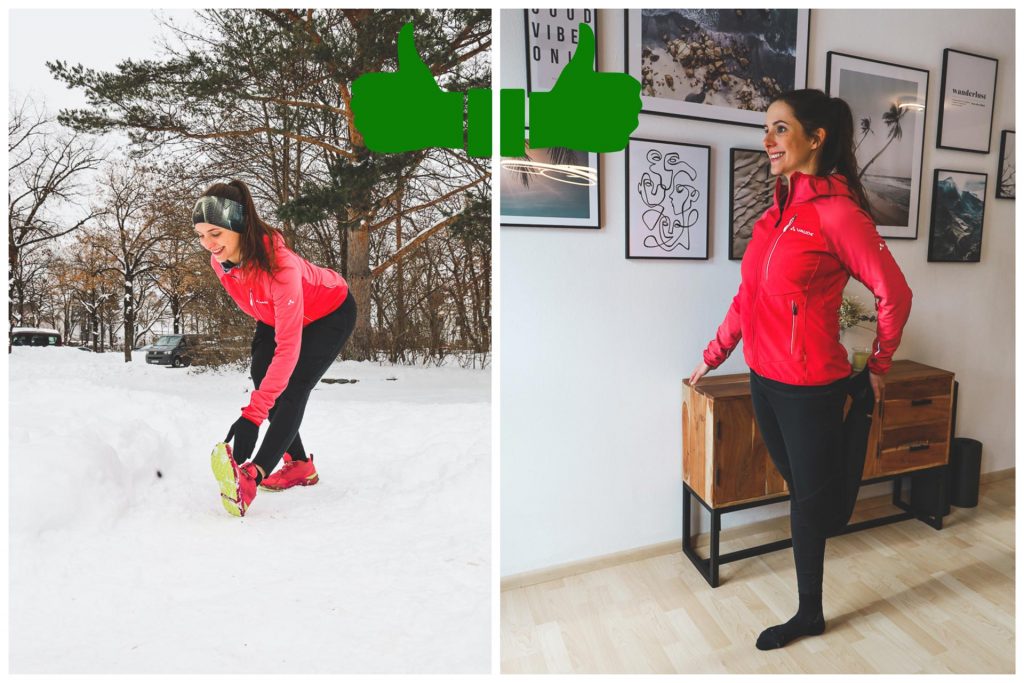
JOGGING TOO FAST & BREATHING WRONG
If you jog faster, you breathe faster. Problem: When you breathe too fast, the air in your mouth is not warmed up and hits your lungs ice cold. This irritates the fine hairs in the lungs and leads to coughing and respiratory infections. Jogging is healthy up to a temperature of -10° Celsius. In colder temperatures, you should go for a walk or do a home workout instead.
Breathing tip: It’s best to breathe in through your nose and out through your mouth. The air is warmed and humidified better when you breathe in than when you breathe out through your mouth. A scarf or cloth in front of the mouth can also help warm the air before inhaling.
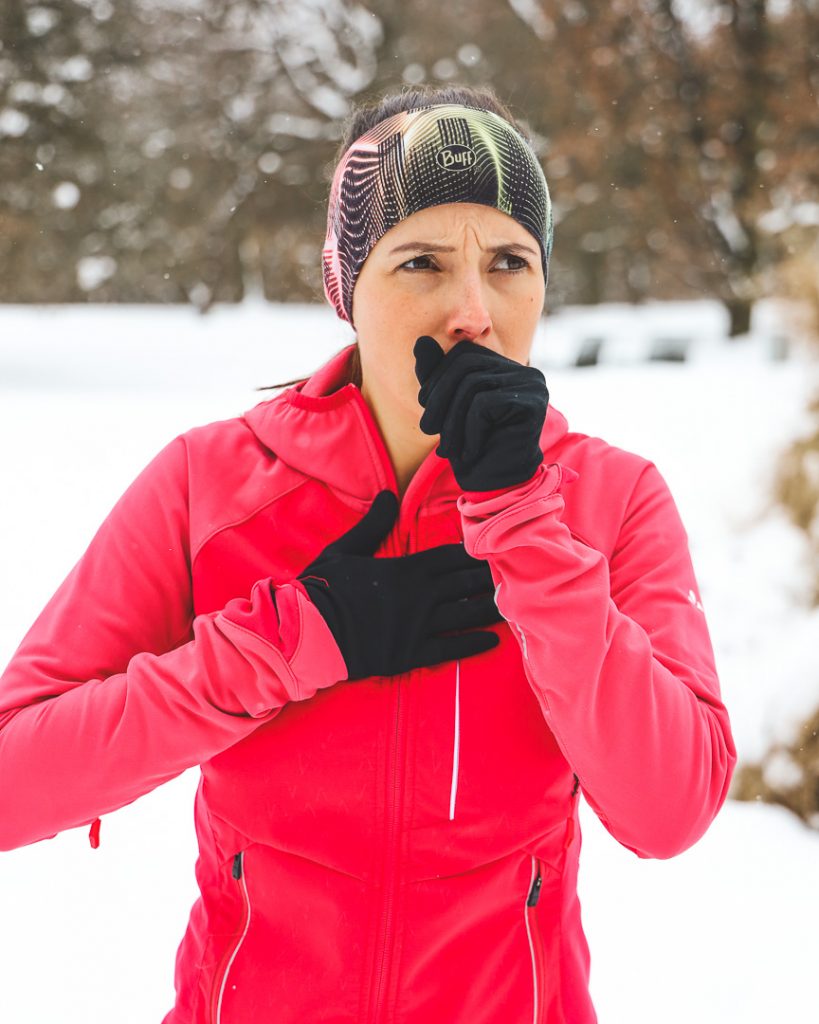
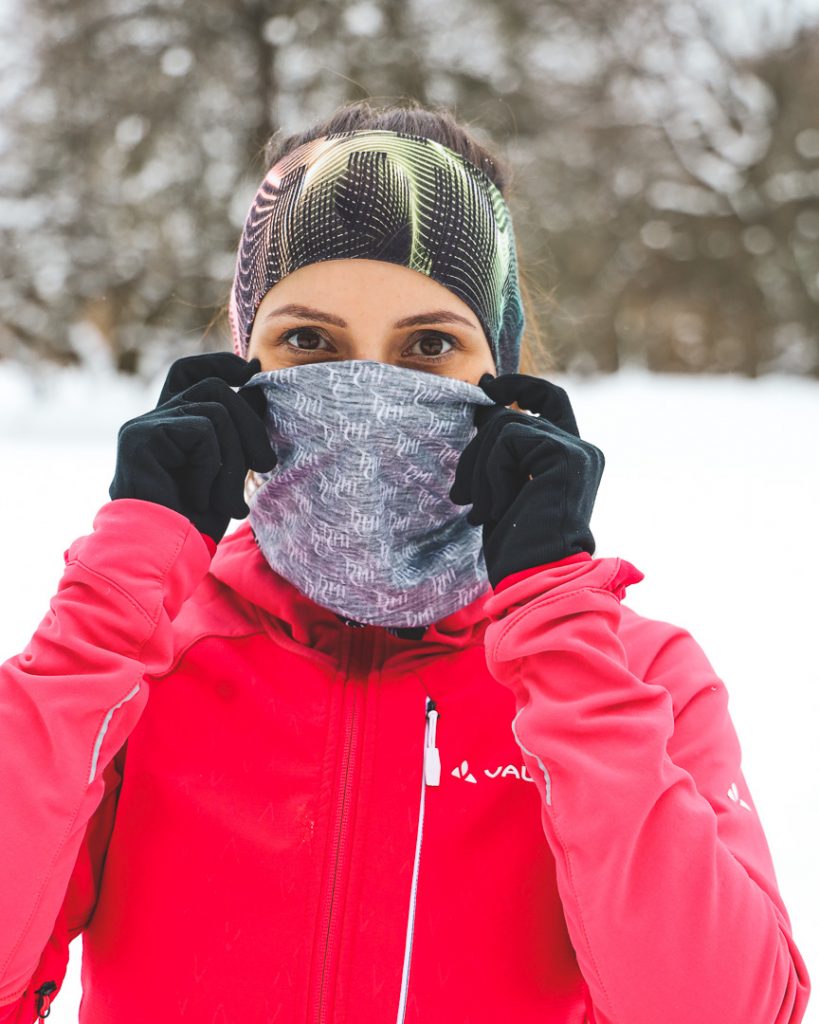
JOGGING ON BLACK ICE
Snow is no problem with waterproof running shoes, but black ice makes it dangerous! Even if you know the route, always pay attention to the ground, because frozen puddles, wet leaves, or snow remains always pose a risk of injury. It often follows naturally that you adapt your running technique to the ground conditions. If the ground is slippery, it is best to take smaller and flatter steps.
In icy conditions, anti-slip shoe spikes or trail running shoes can also protect you from slipping.
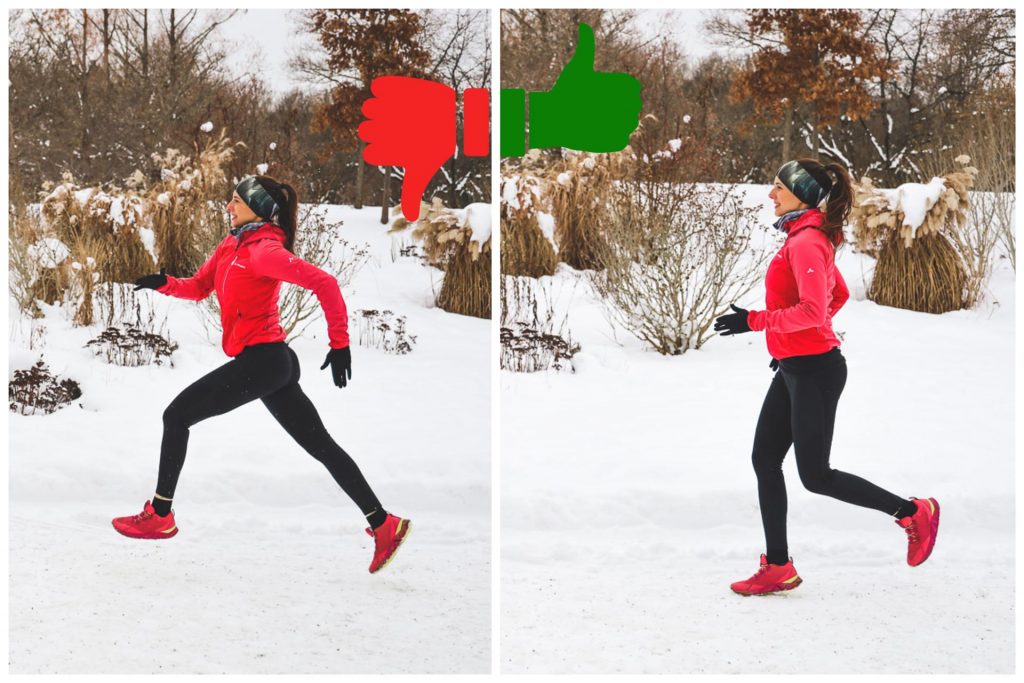
OVERESTIMATE YOURSELF & DRINK TOO LITTLE
As a beginner, it’s better to plan smaller runs in the winter. If in the worst case, you overestimate yourself and run out of breath halfway through the run, that may not be a big deal in the summer, but you can walk the remaining miles back. In winter, however, it is risky, because after the effort the body cools down quickly and that in turn means hard work for the immune system.
If you think that just because you sweat less when jogging in winter, you have to drink less after exercise, you’re wrong. The dry and cold air causes you to lose fluid with every breath you take. That’s why the following rule of thumb applies in winter as well as in summer after 30-60 minutes of endurance sports: At the latest 2 hours after jogging, you should have drunk at least 1 liter of water.
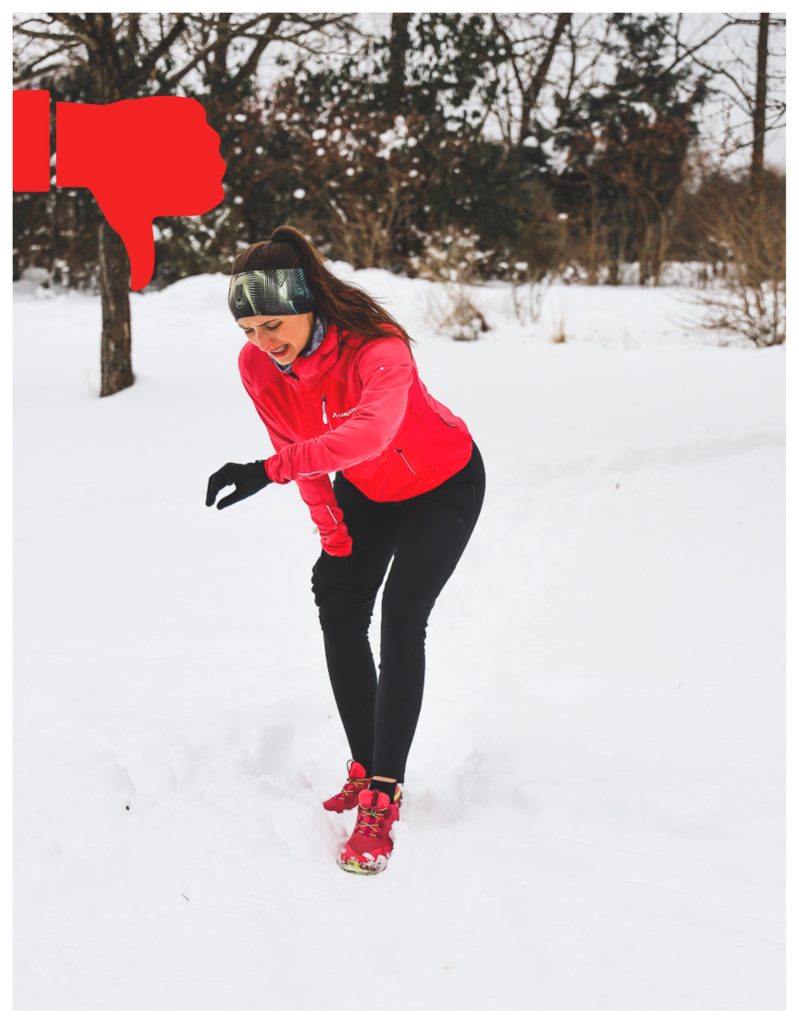
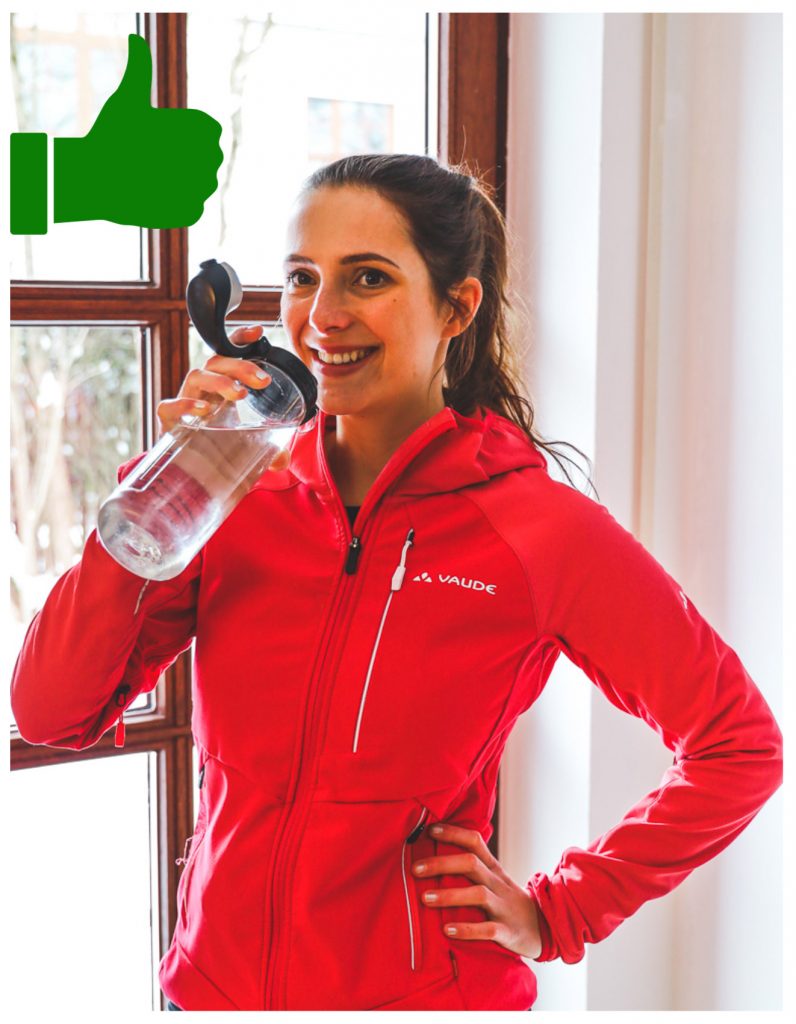
Conclusion
As you can see, these mistakes are easy to avoid and there is nothing against jogging in winter. Fresh air and exercise are always good and especially in winter, you harden your body. Jogging is therefore a year-round sport, even if you may need more motivation and layers of clothing in winter.



